- NGI /
- Projects /
- Case studies /
- Nordre älv river estuary - Sweden west coast
Nordre älv river estuary - Sweden west coast
The pilot area, the Nordre älv estuary is located in the western part of Sweden, close to the second largest city Göteborg (Figure 1). The Göta älv river starts from the lake Värnen, which is the largest lake in Sweden.

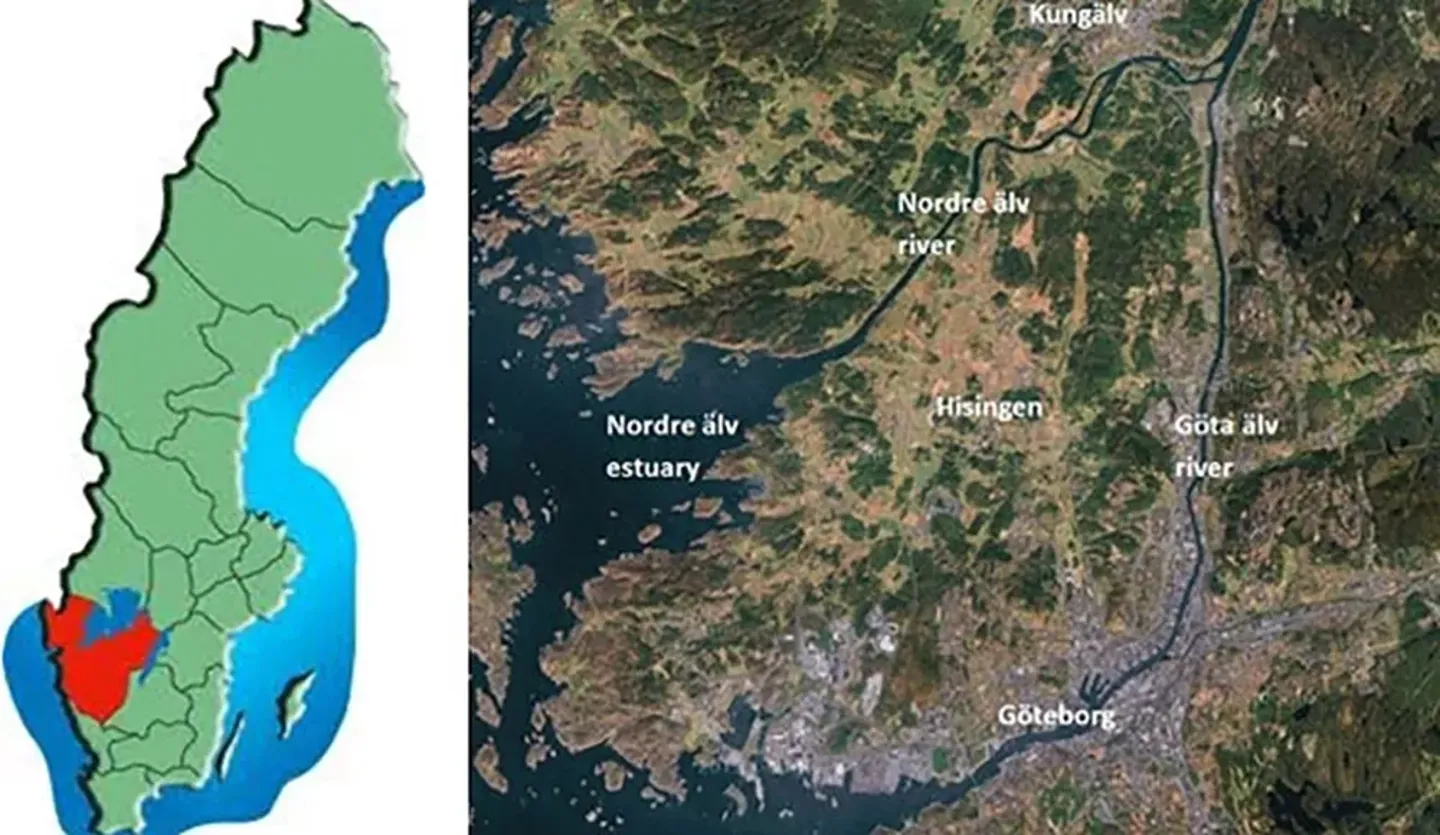
Figure 1. a) Sweden with the county Västra Götaland marked in read. The pilot area is indicated with a yellow ring b) the pilot area, Nordre älv estuary, and the surroundings with the rivers of Nordre älv and Göta älv.
The length of the river system, from the lake to the sea Skagerrak is 93 km. The total river runoff time is between 1, 5 to 5 days. The fall height between the lake Vättern and the sea is 44 m. Next to Kungälv city close to the sea, the Göta älv river is divided into a second branch, the Nordre älv river. The two branches is separated from the mainland by the island Hisingen (which is a part of the city Göteborg) (Figure 1b). About 75% of the total water discharge flows through the Nordre älv river. See also Nordre Älv presentation poster.
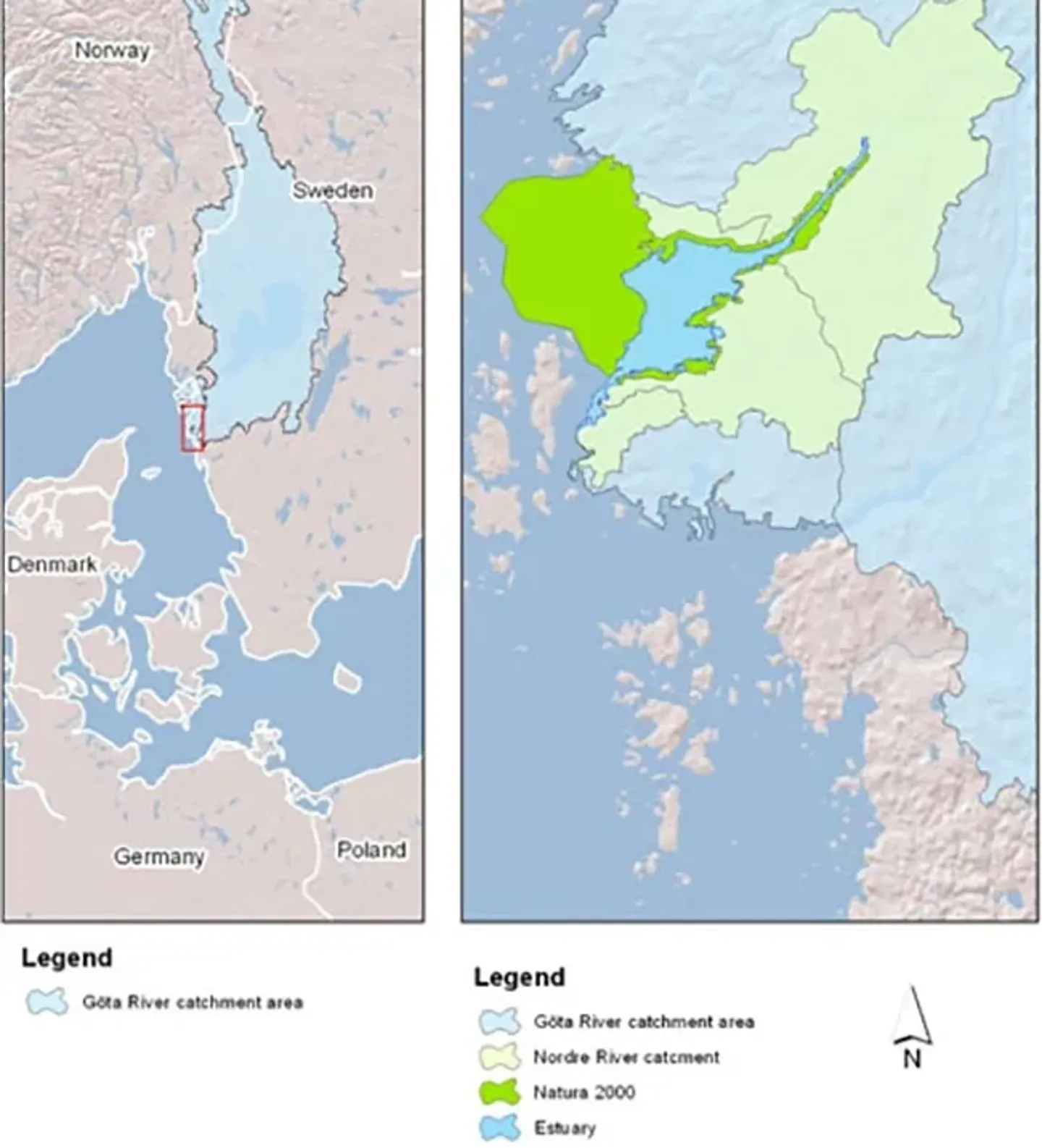
Figure 2. Left map: The catchment area of the Göta älv river system, marked with light blue and the red rectangle is the pilot area. Right map: Detailed information in the in the pilot area showing the Nordre älv estuary, the Nordre älv catchment area and the limitations of the Natura 2000.
The Göta älv river is a typical rift valley where the bedrock is dominated by gneiss. The sediments in the Göta älv river valley are in many parts sensitive clay and silt soils why landslides and gully formations are a natural part of the landscape formation. Consequently, this region is the most landslides hit regions in Sweden and there are historical notes of 15 large landslides.
One of the most sever was in 1977 (at Tuve in Göteborg) when houses were destroyed and several people got injured and around 600 people became homeless (Figure 3).

Figure 3. The Tuve landslide 1977, in Göteborg (Hisingen).
Humans In this region there are several remaining's of human activities on the shore banks of Nordre älv river, such as burial grounds from Iron Age. The area have belonged to Norway and Kungälv (or Kungahälla as it was called then), was, during the beginning of the 10th century, the largest and most southern town in Norway. At these times the water levels were about 2 meter higher than today resulting in good transportation routes for ships.
At the 1200-1300 the Norwegian king Håkon Håkonsson, built a fortress at the southern shore of Nordre älv river at Ranghildsholmen to protect the town and to have control of the river navigation. Later at the 12th century a bigger fortress were built, the fortress of Bohus, at the splitting point of the Göta älv and the Nordre älv rivers, in the city of Kungälv (Figure 4). In the background of Figure 4 it possible to distinguish the relatively sharp morphology in the area due to the river erosion through the former, rather flat top surface forming 50-100 meter high river shores.
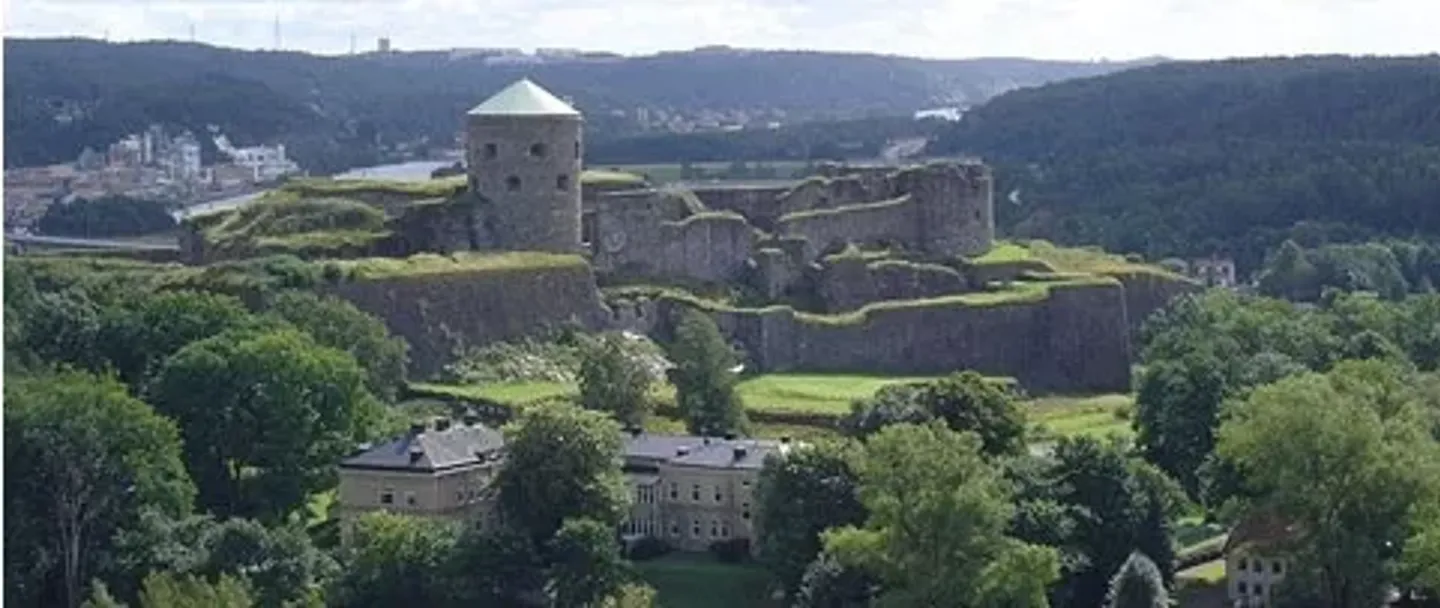
Figure 4. The fortress of Kungälv (from the 12th century)
For centuries, Göta älv river has been a major transportation route, particularly since the construction of the Göta Canal in 1830, making it possible to transport goods al through Sweden to the eastern coast, just south from Stockholm. However, due to more shallow waters in Nordre älv river and possibly also better marked waterways outside the river moths the shipping route is through the Göta älv river branch. Today, in the Nordre älv river there is only leisure boats and smaller tourist touring boats using the river. However, there is a great exploitation pressure from housing especially along the coast of the estuary.
Today the part of the river system that is located in the region of Västra Götaland County is highly populated with 1,6 million inhabitants including the city Gothenburg, which is the second largest city in Sweden.
Since 1970 and up till today the shipping has increased and is now about 2500 ships/year operating the Göta älv river and in addition about 3000 leisure boats. The total shipped cargo on the Göta älv river is today approximately 3 million tons per year and about 25 % contains oil and chemicals. Further, the Port of Gothenburg is the largest port in Scandinavia, with over 11,000 visits by ships each year. Almost 30 per cent of Swedish foreign trade passes through the port, and it is also the only port in Sweden with the capacity to receive the very largest ocean-going container vessels. Thus, due to very high pressure on the Göta älv river every now and then discussions occur of start using the Nordre älv river for ships too. If that becomes real it would give an extremely large risk to the water environment in both the river and the estuary due to increased shipping and that large parts of the river have to be dredged.
Climate
The southern Sweden is located in the so called west wind belt giving that the intra annual variability can be very large. The recent climate of western Sweden is classified as a cool humid temperate climate with a strong oceanic influence. This means that the yearly amplitude of air temperature is moderate. The winter and the winter temperature is strongly influenced by the warm Golf stream and the mean summer temperature is maximum 22 degrees Celsius.
There is no specific dry season even if the summertime is the driest but the driest month still has more than 30 mm of precipitation. According to global models the consequence on the west coast from future climate change is primarily from a large increase of precipitation but also a change in seasonality, meaning that the different seasons start later. Recent research also shows that the change has already started with twice the amount of total precipitation from the 60's with the greatest increase during the last 20 years from 650 mm/year to about 1300 mm/yr. Also the intensity has increased during the same period.
Nature
The marine areas at the west coast are the most species rich and productive coastal regions in Sweden, and provide habitat for a great variety of commercially important fish species. The most important Swedish fishing ports are in the Västra Götaland County which concentrates most of the fishing fleet capacity in Sweden (86% of the gross tonnage, 2010).
The fish community includes many of the species found in the North Sea. Pelagic species like herring, sprat and mackerel are fished in these regions, as are extermination species like cod, haddock and various flatfish. Norway lobster and shrimp are also fished on a large-scale. Further, banks of Blue mussels and Oysters are found on hard bottom substrates, but during the last decade the density of these economically important mollusks has decline in some areas.
The range of different activities makes Västra Götaland County one of Sweden's most important tourist regions. The archipelago area with beaches and rocky islands is well-known for the attractive outdoor life. During last years the boat tourism has increased and Västra Götaland accounts for almost half (46%, 2010) of all nights spent at guest marinas in Sweden.

Figure 5. Marina and leisure boating in Nord älv estuary
Sport fishing is also an important activity. Göta älv was once one of the country's best salmon fishing rivers. To improve conditions for the salmon population, two salmon ladders has been built at the Lilla Edet power station. Here, 30,000 smolt are released each year. Thanks to these efforts, catches have increased considerably, much to the delight of anglers.
Pilot area
For the purposes of the Swedish case study area for the ARCH project we will focus on the Nordre älv river catchment area (Figure 6) from where it separates from Göta älv river near Kungälv down to the estuary. This part of the river has a length of approximately 16 km. The drainage area of this part of the system covers 174 km2.
The tree municipalities connecting to the pilot area are Göteborg, Kungälv and Ökerö. Göteborg is the second largest municipalities in Sweden with over 52 0000 inhabitants, Kungälv has 41 000 inhabitants and Öckerö located in the archipelago on the outskirts of the estuary has 12 400 inhabitants, and is one of the smallest municipalities in Sweden.

Figure 6. Typical surroundings of the Nordre älv river
In contrary to Göta älv river, the Nordre älv river area have been spared from major buildings, port facilities and industrial developments and it is one of the Västra Götaland county's most valuable natural area. The area has been classed as, "General areas of special important for the outdoor life", on a Swedish national level.
The largest marina in northern Europe, Björnlanda Kile, which is with 2300 fixed seats, is situated in the estuary near the mouth of Nordre älv (Figure7).
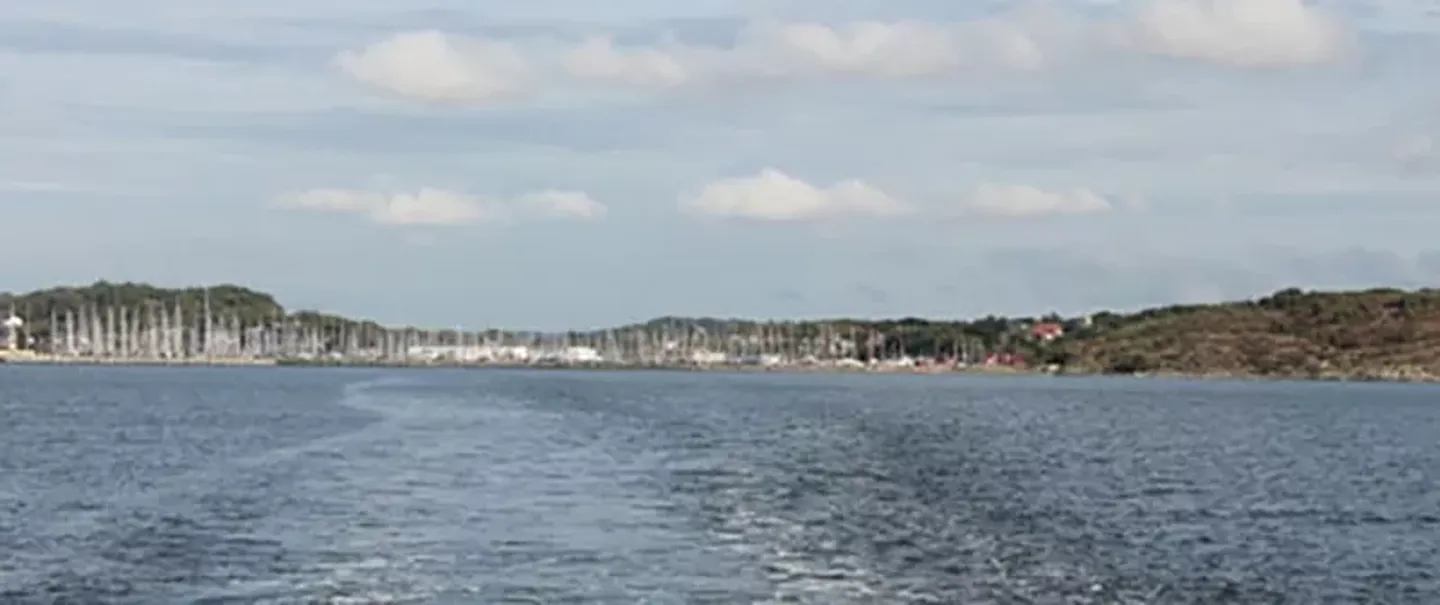
Figure 7. The marina Björlanda kile, located in the estuary of the Nordre älv river
The Nordre älv estuary has the typical estuarine quality with a strong mixing of freshwater and sea water. Also typical for an estuary is the reduced current flow in the shelter leading to deposition of fine sediments, forming intertidal sand and mud flats. Further, also the biological production is naturally high, creating good conditions for a rich biodiversity.
This estuary is the only one of its kind in Sweden because of the typical characteristic where freshwater species occur together with marine species. The area is also of regional importance as a resting and wintering place for birds such as goldeneye, tufted duck and common eider duck. Beach areas have large botanical values of both grazed meadows and wetlands.
Since 2005 a large part of Nordre Älv estuary is designated as Natura 2000 (Figure 8). There is several nature types protected in the large protected area of 7000 ha. The habitat type Estuary (1130) has the dominating distribution, but also terrestrial habitat types as for example "Perennial vegetation of stony banks" is protected. A part in Nordre älv estuary is also protected according to RAMSAR. This site is a shallow marine bay on the west coast of the Nordre älv river, were a large numbers of water birds are supported, especially waders and ducks.
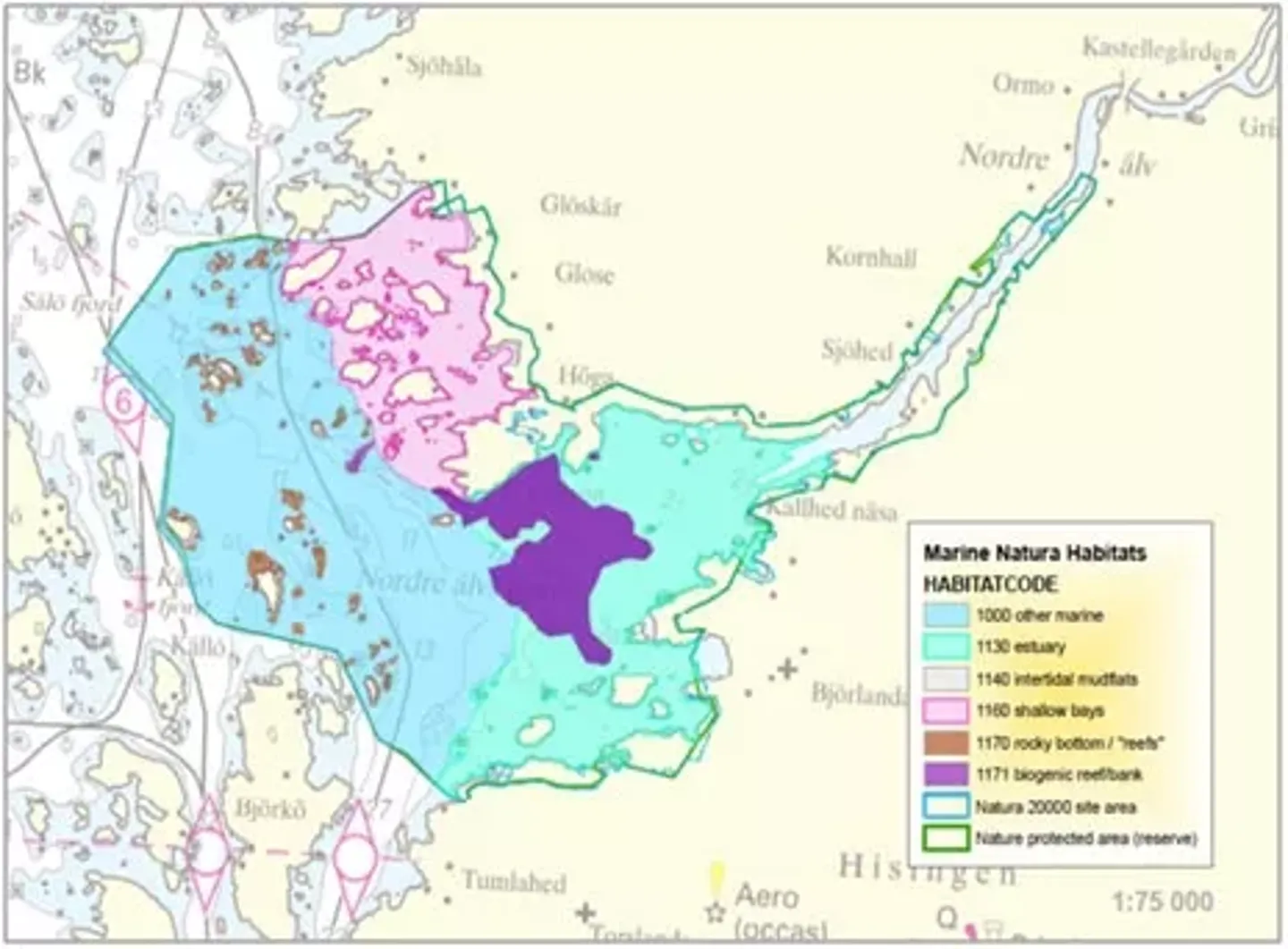
Figure 8. The marine habitat codes of the Nordre älv river estuary
According to the local municipality, the Nordre älv river estuary has a good ecological status today based on phosphorus concentration. However, in the next monitoring program nitrogen is also going to be included and the municipality is unsure if the "good status" will be remained. The increased exploitation such as building houses and roads close to the shoreline and most likely more bridges crossing the rivers and more boating in the area has a negative impact on the quality status of the ecosystem.
Thus, even if the Nordre estuary can be seen as a well-protected area, further development of management of human activities is needed especially with a focus on future stressors such as increased population and changing climate.
Contact:
- Marie Haeger-Eugensson, Sub-project Manager, mrhr@cowi.se